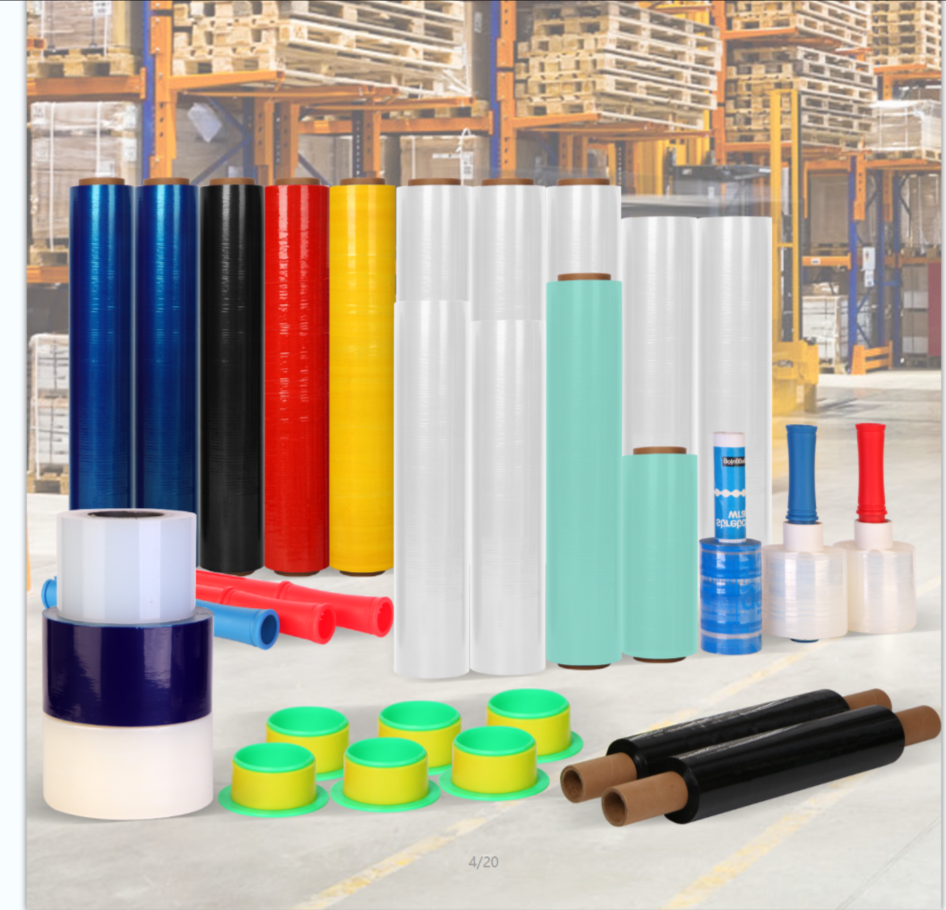stretch wrap for food
The Importance of Stretch Wrap for Food Packaging
In the world of food packaging, maintaining freshness and ensuring safety are of paramount importance. One of the most effective and widely used materials for achieving these goals is stretch wrap. This versatile plastic film serves various functions in food storage and transportation, making it an essential tool for both consumers and businesses alike.
What is Stretch Wrap?
Stretch wrap, also known as stretch film, is a highly stretchable plastic film that is commonly used to secure items together. Its elasticity allows it to cling tightly to products, providing a protective barrier that helps maintain the quality of food. Typically made from linear low-density polyethylene (LLDPE), stretch wrap is available in various thicknesses and widths, allowing users to choose the appropriate type for their specific needs.
Benefits of Using Stretch Wrap for Food
1. Food Safety One of the primary advantages of stretch wrap is its ability to keep food safe from contamination. By firmly wrapping food items, it prevents exposure to air and external contaminants, such as dirt, insects, and bacteria. This significantly reduces the risk of spoilage and extends the shelf life of products.
2. Moisture Retention Stretch wrap is designed to be moisture-resistant, which is crucial for perishable items. By forming a tight seal around food, it helps retain moisture, preventing dry or stale products. For instance, fresh fruits and vegetables can benefit from being wrapped, as it keeps them crisp and full of flavor for a longer period.
stretch wrap for food

3. Reduced Waste In the food industry, the use of stretch wrap can lead to less waste. By keeping products well-sealed, stretch wrap helps to minimize spoilage rates and ensures that food reaches consumers in optimal condition. This is especially important for businesses, as reducing waste not only saves money but also supports sustainability efforts.
4. Convenience Stretch wrap is incredibly easy to use, making it a practical choice for both commercial and household applications. It can be applied by hand or with the help of a machine, allowing users to secure multiple items quickly. This convenience is especially beneficial in busy food preparation environments where time is of the essence.
5. Customizability Stretch wrap comes in various sizes and colors, allowing for customization based on the needs of the user. Businesses can use colored stretch wrap to signify different products, ensuring easy identification during the packing and shipping processes. Additionally, custom printing on stretch wrap can serve as a branding tool, enhancing visibility and appeal in the marketplace.
Best Practices for Using Stretch Wrap
To maximize the benefits of stretch wrap, it’s essential to follow some best practices during application. Firstly, surfaces should be clean and dry to ensure proper adhesion. When wrapping, start from the bottom and work your way up, applying tension gradually to avoid tearing the film. Overlapping each layer by about 50% ensures better security and protection.
Conclusion
Stretch wrap is an invaluable material in the realm of food packaging, offering numerous benefits that help maintain food quality, enhance safety, and reduce waste. Its versatility makes it suitable for a wide range of applications, from preserving leftovers at home to packaging food products in commercial settings. As consumers and businesses alike become more aware of food safety and quality, the demand for effective packaging solutions like stretch wrap will continue to grow. Whether used on a small or large scale, stretch wrap is undoubtedly a star player in ensuring that food remains fresh and safe for consumption.
-
The Best Uses for Small Trash Bags in Daily LifeNewsJul.01,2025
-
Stylish Reusable Grocery Bags TrendsNewsJul.01,2025
-
Shipping Advantages of Using Bubble Envelopes BulkNewsJul.01,2025
-
How Compostable Mailing Bags Reduce Environmental ImpactNewsJul.01,2025
-
Environmentally - Friendly Bulk Poly MailersNewsJul.01,2025
-
Eco Friendly Custom Laminated Tote BagsNewsJul.01,2025
-
Have the freedom of customizing your custom mailers any way you want! Our dedicated packaging support will help deliver you the mailing experience you need to elevate your shipping experience to the next level! Start making a strong impression on your customers and stand out from your competitors! -
LIYA uses high quality raw materials which directly purchased from large enterprises domestic and overseas such as PetroChina, Sinopec, Sabic, Equate, ExxonMobil, Dow Chemical, Total, and Borouge, ensuring the price advantage and quality of the raw materials. -
LIYA uses high quality raw materials which directly purchased from large enterprises domestic and overseas such as PetroChina, Sinopec, Sabic, Equate, ExxonMobil, Dow Chemical, Total, and Borouge, ensuring the price advantage and quality of the raw materials.





